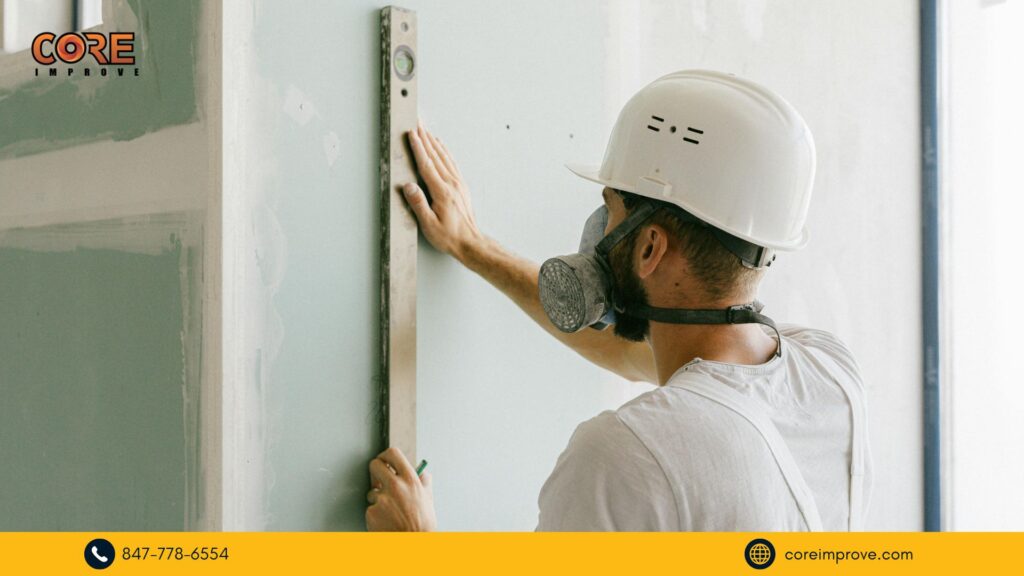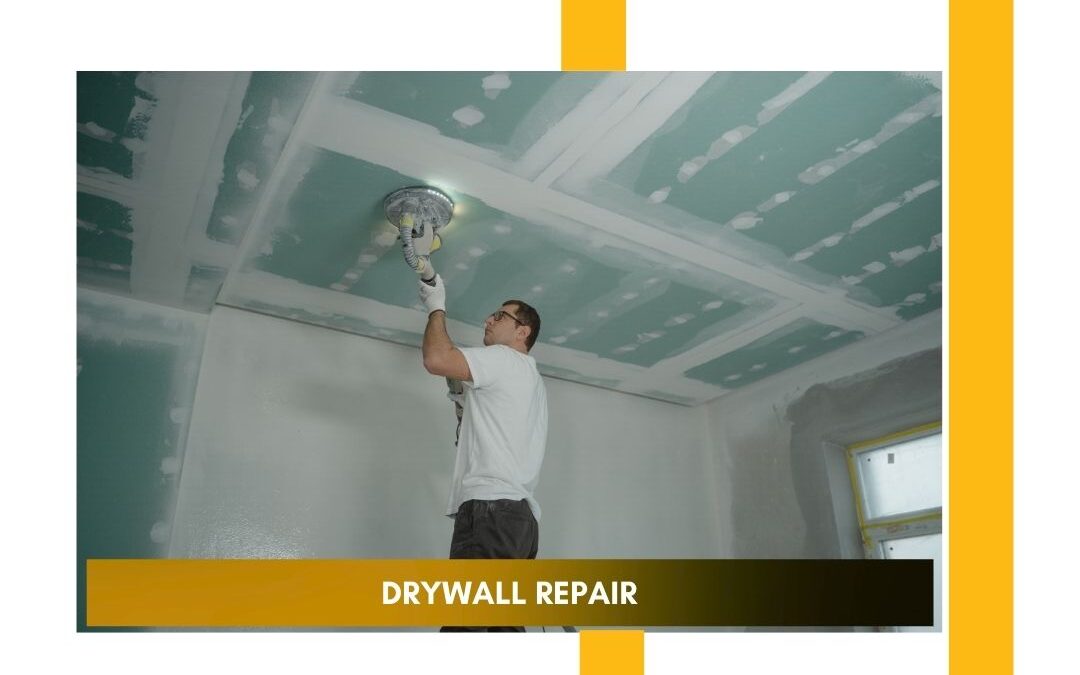Introduction:
Whether you’re dealing with small holes, cracks, or larger damage, drywall repair is an essential skill for maintaining the integrity and appearance of your home. Drywall, a material used in most modern homes, is not impervious to damage. Whether from everyday wear and tear, accidental impacts, or water damage, drywall problems can occur over time. Fortunately, repairing drywall isn’t as difficult as it might seem, and with the right tools and techniques, you can restore your walls to their original condition. This guide will explore the key aspects of drywall repair, including what is needed for drywall repairs, what constitutes drywall repair, and the difference between drywall and plaster repairs.
How Do I Repair Drywall?
Repairing drywall can be broken down into several straightforward steps, each designed to address specific types of damage. If you have small holes or cracks, repairing drywall involves cleaning the affected area, applying a filler, and sanding it smooth. For larger holes, you may need to cut out the damaged section of drywall, apply new pieces, and secure them in place. The process involves more than just filling the hole—sanding and painting are essential for achieving a flawless finish.
- Assessing the Damage:
The first step in drywall repair is to assess the extent of the damage. Small holes may only require patching, while larger holes will need a more involved process.
- Cutting Out the Damaged Area:
For large holes, use a utility knife to carefully cut around the damaged drywall. Make sure the cut is even and square to make it easier to install a new piece.
- Replacing the Drywall:
If the hole is large, you’ll need to measure and cut a new piece of drywall to fit. Secure the new piece with drywall screws or nails, ensuring it’s level with the existing wall.
- Filling and Sanding:
After the new piece is in place, apply joint compound to the seams and cover the screws or nails. Use a drywall knife to smooth the compound, then allow it to dry before sanding it smooth.
- Priming and Painting:
Once the drywall repair is complete and smooth, apply a primer to seal the surface. After the primer dries, paint the area to match the rest of the wall.

What is Considered Drywall Repair?
Drywall repair covers a wide range of activities, from patching small holes to replacing entire sections of drywall. It involves fixing the surface of the wall by addressing issues like cracks, dents, holes, and water damage. The goal of drywall repair is to restore the wall’s functionality and aesthetic appearance.
Drywall repairs typically include:
- Small Hole Repairs: These are often caused by nails, screws, or minor impact damage. They usually require patching with joint compound or a pre-made patch.
- Crack Repair: Cracks can appear due to structural settling or temperature changes. Cracks are filled with joint compound, then sanded and painted for a smooth finish.
- Water Damage Repair: If drywall becomes wet due to leaks or floods, it may need to be replaced entirely in some cases, especially if it has become soft or moldy.
- Repairing Large Holes: For large holes, replacing the affected drywall sections may be necessary. This typically involves cutting out the damaged area, installing new drywall, and ensuring the seams are smooth and invisible.
What is Needed for Fixing Drywall?
To repair drywall effectively, you’ll need a few basic tools and materials. Having the right equipment is key to achieving professional-quality results.
Essential tools for drywall repair include:
- Utility Knife: For cutting drywall and trimming edges.
- Drywall Saw: To cut through drywall when repairing large holes.
- Joint Compound: A paste-like material used to fill gaps, cracks, and seams.
- Drywall Tape: Used to cover seams between drywall panels to prevent cracks from reappearing.
- Putty Knife or Drywall Knife: Used to apply and smooth joint compound.
- Sanding Block or Pole Sander: For smoothing out the joint compound after it dries.
- Primer and Paint: To finish the drywall repair and ensure it blends with the surrounding wall.
Never knew drywall repair could be done like this!
What is the Difference Between Plaster and Drywall Repair?
Both plaster and drywall are used for wall construction, but they have distinct differences that impact the repair process.
- Plaster Repair:
Plaster is a more traditional material, often found in older homes. It is thicker and more durable than drywall but can crack and chip over time. Plaster repairs usually involve filling cracks or holes with a plaster compound and then smoothing it out with a trowel. Plaster may also require multiple coats to achieve a smooth finish. - Drywall Repair:
Drywall, made from gypsum board, is quicker and easier to repair than plaster. Drywall repairs are often more straightforward, involving patching holes or cracks with joint compound, sanding, and painting. Drywall is less durable than plaster, so it can be more susceptible to dents and scratches.
Conclusion
Drywall repair is a crucial part of home maintenance. Whether you are fixing small holes, cracks, or water damage, understanding the basics of drywall repair can save you time and money. From assessing the damage to finishing the repair with paint, the process is manageable with the right tools and knowledge. If you find the task overwhelming or simply want professional assistance, Core Improve is here to help. We specialize in high-quality drywall repair services that restore your walls to their original beauty. For all your drywall repair needs, contact Core Improve today and enjoy a smooth, flawless finish!

